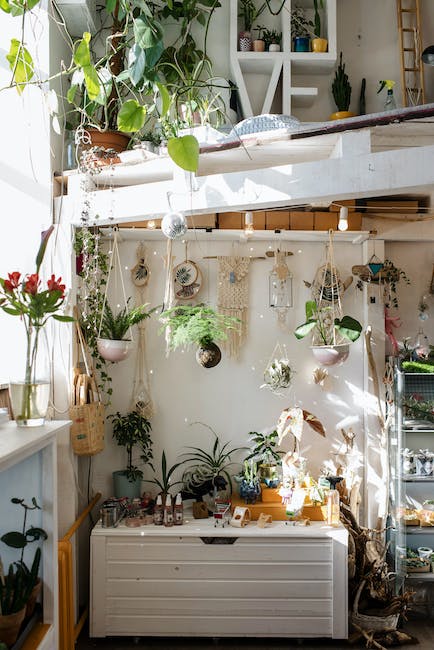Top 10 Bedroom Layout Hacks: Maximizing Comfort and Utility

When designing your bedroom, comfort and utility should always come first. After all, your bedroom should be your sanctuary – somewhere to retreat to after an exhausting day at work. But how can you maximize comfort and utility in the space available to you? Here are 10 bedroom layout hacks designed to maximize both.
Consider where to place the bed. As the largest piece of furniture in any room, its placement should be strategically arranged for optimal use. In general, beds should ideally be located against one central wall rather than in corners, for easier access and creating an aesthetically pleasing appearance. Alternatively, for small rooms or areas of limited space placement along the longest wall can help maximize space usage.
Second, consider storage options. Built-in solutions such as underbed drawers or overhead cabinets can be an efficient space saver; providing plenty of room for your belongings without taking up valuable floor space. If built-ins aren’t possible, multipurpose furniture such as bed frames with built-in drawers or nightstands with shelves may provide ample space-saving storage solutions.
Thirdly, don’t underestimate the power of mirrors in making a small bedroom appear larger by reflecting light and creating the illusion of more space. Consider placing one opposite a window for maximum natural lighting or using furniture with mirrors for similar results.
Fourthly, take into account the flow of the room. Your layout should allow for effortless movement around furniture; large pieces should not obstruct paths between doors and beds as this will give a room an airier, more open feel while simultaneously increasing functionality.
Use rugs to distinguish different areas in a room. A large rug under the bed can help define its sleeping space while smaller rugs in corners can serve as cozy reading nooks.
Sixthly, pay attention to lighting. A well-lit room feels larger and more welcoming; use overhead lights, table lamps, and floor lamps to create an atmosphere that welcomes and comforts you.
Seventhly, maintain a light and neutral color scheme. Light colors reflect light back into a room, giving the appearance of more space; plus they create an atmosphere conducive to relaxation which makes a bedroom an ideal place for you.
Eighthly, take advantage of vertical space by installing shelves or hanging pictures on walls that draw the eye upwards and give an illusion of height – especially helpful in rooms with low ceilings.
Ninthly, consider the size and scale of your furniture pieces. Overwhelming bulky pieces can easily overwhelm a small room and leave it feeling cramped; to maintain balance and proportion in a space choose furniture that fits its scale and proportions.
Add personal touches that reflect who you are – like family photos, artwork, or collections of books to make the space uniquely yours.
As noted, designing a comfortable and functional bedroom doesn’t need to be an arduous process. By considering factors like bed placement, storage solutions, mirror placement, room flow, rugs, lighting schemes, vertical space requirements, scale issues of furniture scale requirements and personal touches in your design choices you can achieve a bedroom that not only is comfortable yet also represents you personally – happy decorating!




